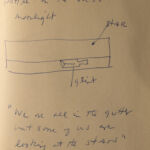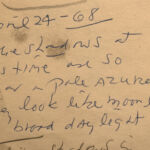Although the examples below show more explicit representations of the celestial body itself, the moon is somewhat omnipresent throughout much of MacIver’s work. Its subtle glow and beam are captured in her luminous representations of city lights, cracks in the pavement, Parisian trees, and all sorts of luminous everyday objects. The essence of the moon as a subtle yet all powerful force is captured in these paintings, and many of the sketches below reveal the careful thought she put in to crafting the subtle colors of a moonbeam.
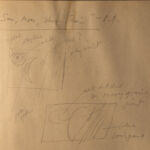
sun moon stars rain
These small sketches appear alongside the quote "sun moon stars rain" from one of Cummings' most celebrated poems, "anyone lives in a pretty how town." This is a lovely example of the ways in which MacIver engaged with the poetry of her friends, and how lines of their creation reverberated through her mind as she worked. Look below this gallery for the full text of this poem and a further discussion of it.
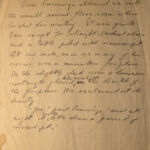
A Parcel of Moonlight
"Once Cummings allowed us into the small second-floor room where he did his writing. It was quite bare except for straight-backed chars and a table piled with manuscript. At one side, as in so many of his rooms, was a miniature fireplace. In the slightly dark room a luminous rectable glowed like moonlight in the hearth of the fireplace. We exclaimed at its beauty.
'Yes," said Cummings, "And at night it lets down a parcel of moonlight"

Skylight Moon, 1958, oil on canvas, 127 x 101 cm, Smithsonian American Art Museum
The skylight of MacIver's 61 Perry Street apartment served as inspiration for countless paintings. This one focuses on capturing a luminous moon beam, much like the "parcel of moonlight" she wrote about after visiting Cummings' writing room.
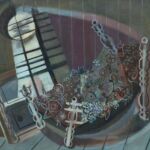
Moonlight, oil on canvas, 32 x 36", Private collection
This painting is stylistically aligned with MacIver's work of the late 1940s, and, when viewed alongside her other work, demonstrates the artists versatility and changing style throughout her career. This painting, like "Skylight Moon," captures a moon-beam traveling into a room. The mystical dream-scape represented by the bed harkens back to MacIver's interest in the themes of dreaming and sleeping.
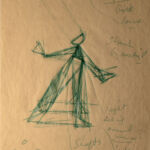
Telescope sketch
In this simple sketch of a telescope, likely intended for a painting, MacIver's focus on depicting moonbeams is again illuminated in the "shafts of moonlight" which she writes beneath the telescope.
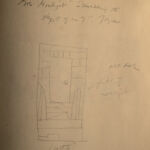
Mrs. Moonlight
Above this sketch for a painting of a front door illuminated by moonlight is the quote: "Mrs. Moonlight scrubbing the steps of no. 9," a reference to Joyce's "Ulysses."

